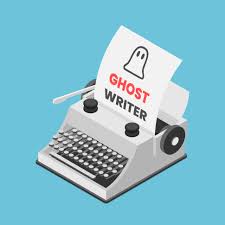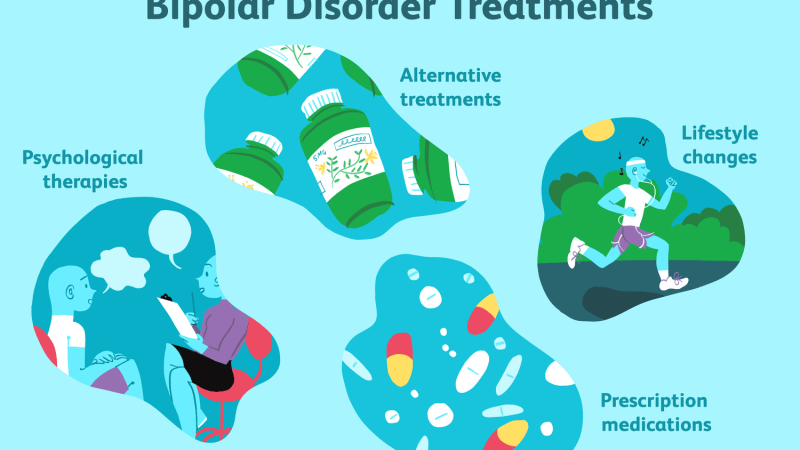In today’s saturated business landscape, first impressions matter more than ever, and your logo is often that first handshake with potential customers. It’s more than a symbol; it’s the face of your brand, the visual cue people associate with your values, products, and services. With hundreds of new businesses launching daily, a generic or forgettable logo can bury your brand before it even has a chance to breathe.
The good news? Creating a logo that cuts through the noise isn’t just possible—it’s essential. Whether you’re launching a new venture or rebranding an existing one, this guide will show you how to build a logo that grabs attention, resonates with your audience, and positions your brand for long-term success.
Know Your Brand Before You Design
Every standout logo starts with a clear understanding of the brand it represents. You can’t expect a designer to craft something memorable if you’re unclear about who you are. Before the first sketch or color palette comes into play, take a deep dive into your brand’s personality.
Ask yourself:
-
What does my business stand for?
-
Who is my target audience?
-
How should my brand make people feel?
-
What problems do I solve, and what makes me different?
When you answer these questions thoughtfully, you equip your designer (or yourself) with the foundation for a design that’s not only beautiful but strategic.
If you’re seeking professional help but working with a limited budget, there’s no need to compromise quality. There’s an Affordable custom logo designer for Hire in today’s market who can deliver creativity, experience, and brand alignment without the agency price tag. The key is choosing someone who understands your vision and is capable of translating it into a visual identity that speaks volumes.
Study the Competition—but Don’t Imitate It
A big part of making your logo stand out is knowing what you’re standing out from. Competitor research is crucial—not to copy, but to differentiate.
Browse the logos of businesses in your industry. Are there color patterns? Common symbols? Font styles? Many industries tend to stick to familiar visuals (like tech logos in blue and sans-serif fonts), which creates an opportunity for you to zig when others zag.
The trick is to stay recognizable within your market while carving out a visual space that’s uniquely yours.
Simplicity Wins, But Only With Meaning
Some of the most iconic logos in the world—Apple, Nike, FedEx—are incredibly simple. But simplicity alone isn’t the secret. The magic comes from combining clarity with intention.
A logo should be clean, adaptable, and easy to understand at a glance, but it should also carry deeper meaning. It could be hidden symbolism, a clever use of negative space, or just a typeface that perfectly matches your brand’s tone. Simple doesn’t mean boring—it means strategic.
Avoid overloading your logo with unnecessary graphics, complex gradients, or too many fonts. One idea, executed well, is stronger than five jammed into a single image.
Color and Typography Speak Louder Than Words
Color psychology plays a huge role in how people perceive your brand. Blue evokes trust and calm, red ignites passion and energy, while green is often tied to health and nature. Think carefully about how you want people to feel when they see your logo.
Typography is equally important. A serif font might suggest tradition and reliability, while a rounded sans-serif may feel more friendly and modern. Your font should match your industry, but also express your unique personality.
It’s not just about picking pretty colors or trendy fonts. It’s about intentional choices that align with your values and audience.
Custom Design Always Beats Generic Icons
Stock icons and pre-made templates might seem convenient, but they’ll never set your brand apart. Consumers are smart—they can spot a cookie-cutter design a mile away. A logo crafted specifically for your brand carries originality, creativity, and authenticity.
Work with a designer who can build something from scratch. This not only protects your brand’s uniqueness but also ensures your logo scales beautifully and looks great across all mediums—from social media to business cards to billboards.
Versatility Is Non-Negotiable
In the digital age, your logo will appear everywhere—websites, mobile apps, packaging, email signatures, and more. It must work in black and white, in small sizes, and across various backgrounds.
Ensure you receive multiple file types (SVG, PNG, EPS) and versions (horizontal, vertical, icon-only, etc.) when your logo is finalized. A strong logo maintains its integrity no matter where it’s displayed.
Get Feedback and Refine Smartly
Don’t design in a vacuum. Once you’ve developed a logo concept, gather feedback from trusted peers, customers, or even a test group that represents your ideal audience. Ask:
-
What feeling does this logo give you?
-
Does it look professional and trustworthy?
-
Would you remember it after seeing it once?
Use feedback as a filter, not as an instruction manual. The goal isn’t to please everyone—it’s to confirm that your design speaks clearly and memorably to the right people.
Conclusion:
A standout logo doesn’t happen by accident. It’s the product of thoughtful strategy, creative design, and a deep understanding of your brand. In a crowded market, your logo is your silent ambassador, working to attract, connect, and convert.
So, whether you’re sketching ideas yourself or working with a professional designer, aim for originality backed by meaning. When done right, your logo becomes more than a visual—it becomes the symbol of everything your brand stands for.







